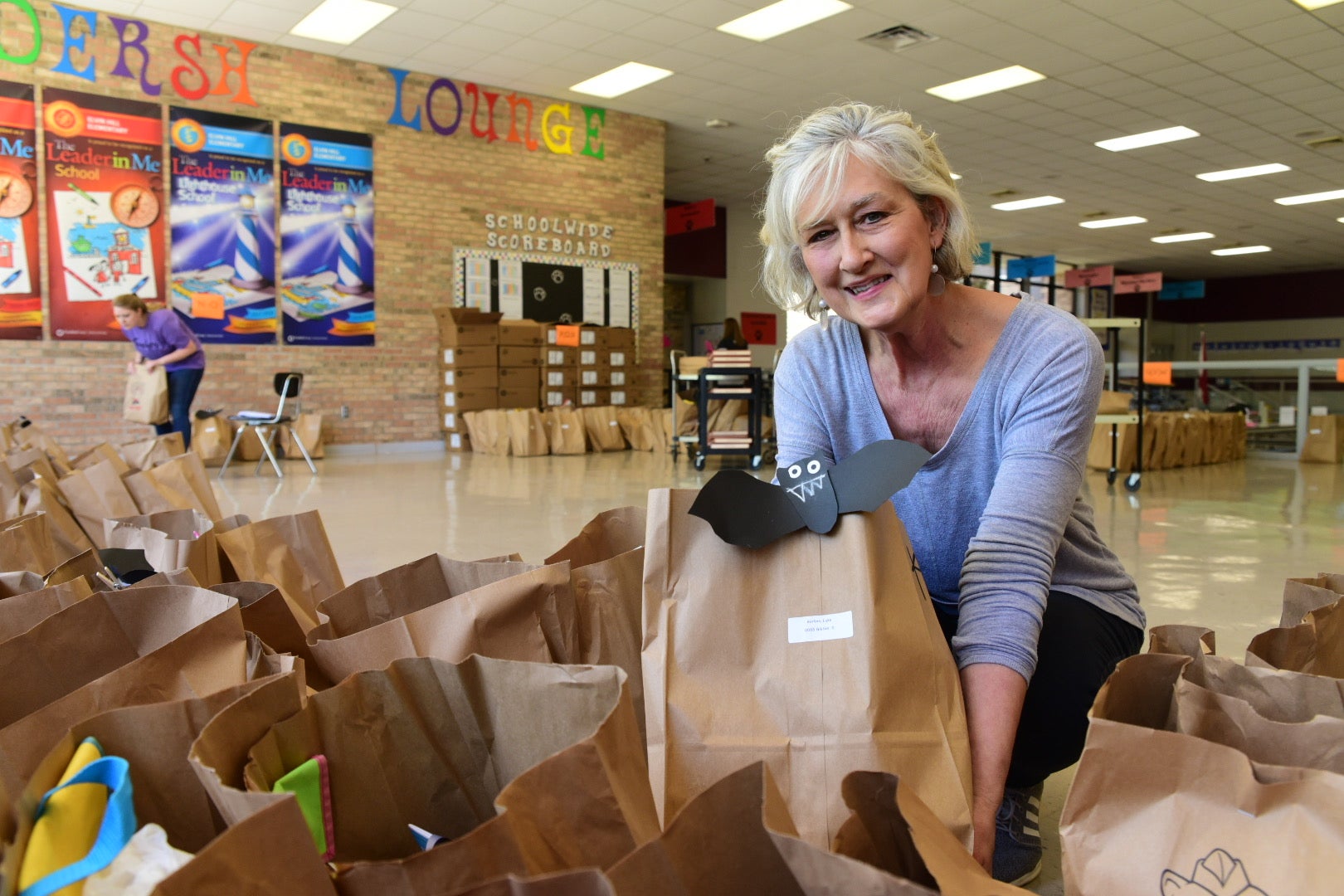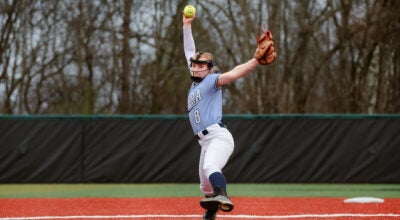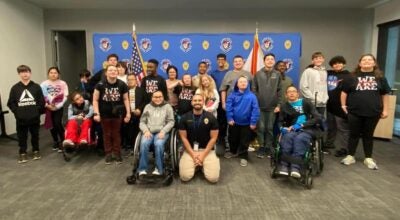Teachers deal with ups, downs of ending school year remotely
Published 8:00 pm Thursday, April 23, 2020

- Mrs. Gibson at Elvin Hill Elementary School packs up students’ possessions in brown paper bags in preparation for parents picking up next week. (Contributed)
|
Getting your Trinity Audio player ready...
|
By SCOTT MIMS / Staff Writer
At the close of every school year, teachers and students normally have the accessibility of a physical classroom in which to handle their year-end tasks. But this year, everything must be handled from a distance—even transitions and goodbyes.
That might be stating the obvious, but as the 2019-2020 school year reaches its end, the reality of the effects of COVID-19 are hitting home. But educators are doing their utmost to bridge the gap.
“This virtual learning takes on a very different perspective when we are all doing our best to keep our families safe and healthy during this time,” said Brittney Woodley, third grade teacher at Pelham Ridge Elementary School. “I think staying in contact with parents and students is important as we close the year virtually.”
In lieu of face-to-face interaction, some teachers are sending letters, postcards and other “happies,” as Woodley calls them, to students in order to continue to build relationships with those they have come to know as family.
She said the end of a year is a powerful transition for teachers who know they have played an important part in helping students grow.
“The relationship between a teacher and student is so vital and it’s hard when we don’t get that hug, fist bump, high five, or see their sweet faces in person,” Woodley said. “It feels like we won’t truly have closure this school year.”
When it comes to basic learning, teachers are focusing on the critical standards for each grade level as defined by the state Department of Education. Tools like Google Classroom allow for the kind of instructional feedback that is needed, Woodley said.
“Spring is usually the time in the year when we set aside time for state testing and preparing students for testing, so since we are not doing that this year, we have time to really hone in on these critical standards to be sure students finish strong and are ready for the next grade,” she said. “But really the most important thing right now is making sure families are safe, healthy and having their needs met. Learning can happen anytime, anywhere.”
While hope abounds that normalcy will return in the fall, educators know that depends on the direction of Gov. Kay Ivey, as well as health officials and school officials.
Shannon Bogert, director of curriculum and instruction with Pelham City Schools, believes the system is prepared to move forward whether inside or outside of the school building.
“We are extremely proud of how our students and teachers have embraced virtual learning and we feel like we could successfully continue with remote learning if needed,” Bogert said. “Our teachers are continuing to receive learning opportunities on how to best utilize the technology and resources we have to meet student learning needs. We are also listening intently to the needs of families and are trying to adjust our instruction to meet those needs.”
Woodley agreed.
“I trust our superintendent, Dr. Coefield, our school board and central office to make decisions that will be in the best interest of all staff, students and their families,” she said, adding, “I’m very thankful for our technology department who continue to work tirelessly to help troubleshoot technology issues for teachers and families every day.”
But what about students who will be transitioning to a new school in the fall? That’s something that will always come with challenges, Woodley indicated. Those same challenges will be reflected nationwide.
Both educators stressed the importance of building community.
“We know it will be important to focus on building community and ensuring that students feel safe and supported as they transition back to a traditional school setting,” Bogert said. “We realize we may have to reteach certain previously taught concepts and also make certain we assess any skill gaps students may have.”









